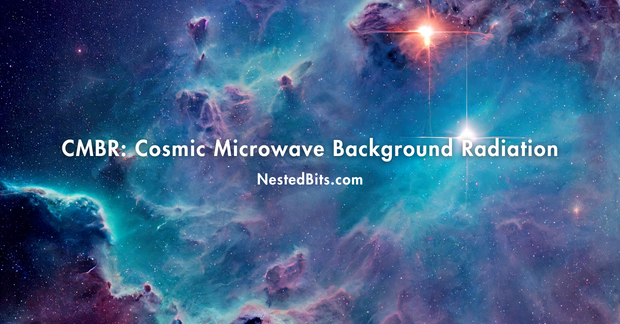- Introduction to Cosmic Microwave Background Radiation (CMBR)
- Origin and Discovery of Cosmic Microwave Background Radiation
- Significance of Cosmic Microwave Background Radiation
- Properties of Cosmic Microwave Background Radiation
- Measuring and Mapping Cosmic Microwave Background Radiation with Satellites
Introduction to Cosmic Microwave Background Radiation (CMBR)
The cosmic microwave background radiation (CMBR) is the residual heat left over from the Big Bang, which occurred approximately 13.8 billion years ago. This faint electromagnetic glow fills all of space and provides crucial evidence supporting the hot Big Bang theory. CMBR was first predicted by George Gamow in the late 1940s but wasn’t discovered until nearly four decades later, thanks to advancements in technology that made detection possible.
Origin and Discovery of Cosmic Microwave Background Radiation
The origin story of CMBR begins with the Big Bang theory itself, which postulates that the universe expanded rapidly from an incredibly hot and dense initial state. As this expansion occurred, the temperature dropped significantly until it reached a point where subatomic particles could form atoms through a process known as nucleosynthesis. Eventually, these particles clumped together due to gravity, leading to the formation of stars, galaxies, and other cosmic structures we see today.
As temperatures continued to drop after nucleosynthesis, electromagnetic waves began popping out from hot spots where matter was densely concentrated. These oscillations formed ripples in space, eventually cooling down into what is now known as CMBR – a faint but omnipresent radiation that permeates the entire universe.
CMBR wasn’t discovered until 1964 when Arno Penzias and Robert Wilson accidentally stumbled upon it while working on unrelated experiments for Bell Labs using a cooling radiometer designed to detect signals from space. They detected an unexplained noise across all frequencies, which could not be accounted for by any known terrestrial sources or man-made interference. Subsequent investigations revealed that the mysterious signal was indeed CMBR – remnants of the Big Bang itself!
Significance of Cosmic Microwave Background Radiation
The discovery and subsequent study of cosmic microwave background radiation have revolutionized our understanding of the universe’s origin, composition, and evolution. By measuring its properties (such as temperature fluctuations), scientists can infer important details about the conditions present during the Big Bang. For example, CMBR data reveals that the early universe was almost perfectly homogeneous – an essential finding for a theory based on an explosive beginning.
You might also like to read: Calculus Made Easy
Properties of Cosmic Microwave Background Radiation
Cosmic microwave background radiation has a nearly uniform temperature throughout space but exhibits slight variations, known as temperature anisotropies or fluctuations. These minute differences correspond to regions where the universe is slightly denser (and hence hotter) compared to other areas. Measuring these tiny deviations can yield valuable insights into fundamental physics and cosmology. The most recent measurements suggest that CMBR has a present-day temperature of around 2.73 degrees Kelvin (+/-0.01 K).
Measuring and Mapping Cosmic Microwave Background Radiation with Satellites
Several spacecraft have been instrumental in accurately measuring and mapping cosmic microwave background radiation over the past few decades, including the COBE (Cosmic Background Explorer), WMAP (Wilkinson Michelson Anisotropy Probe), Hubble Space Telescope, Planck Surveyor, and more recently, ESA’s LISA Pathfinder. These missions provide detailed maps of CMBR patterns across the sky, enabling researchers to study temperature fluctuations at unprecedented accuracy levels – contributing significantly to our growing knowledge about the origins and properties of the universe.

























